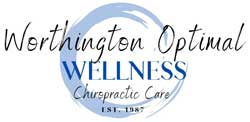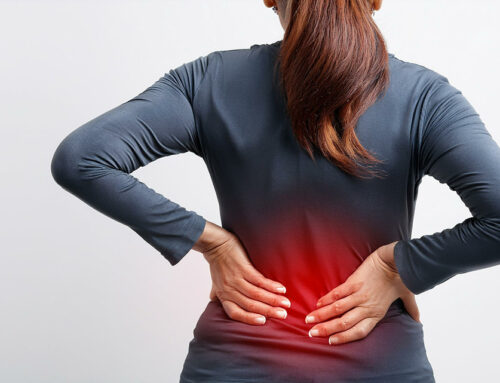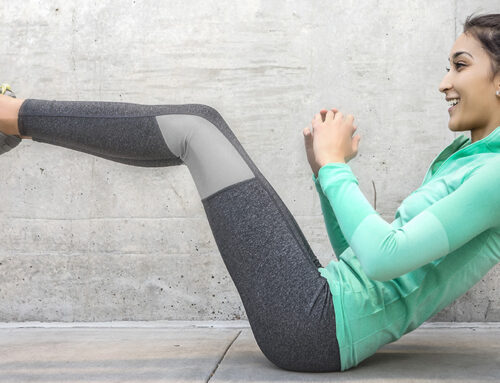Biomechanics is the study of how the body moves and the forces acting on it.

Whether you’re an elite athlete, a fitness enthusiast, or someone trying to live a healthy lifestyle, understanding biomechanics can help improve your performance, prevent injuries, and promote overall well-being.
Key components of biomechanics include how muscles, joints, and bones interact during movement, as well as how to optimize function through different therapeutic methods like exercise, massage, and orthotics.
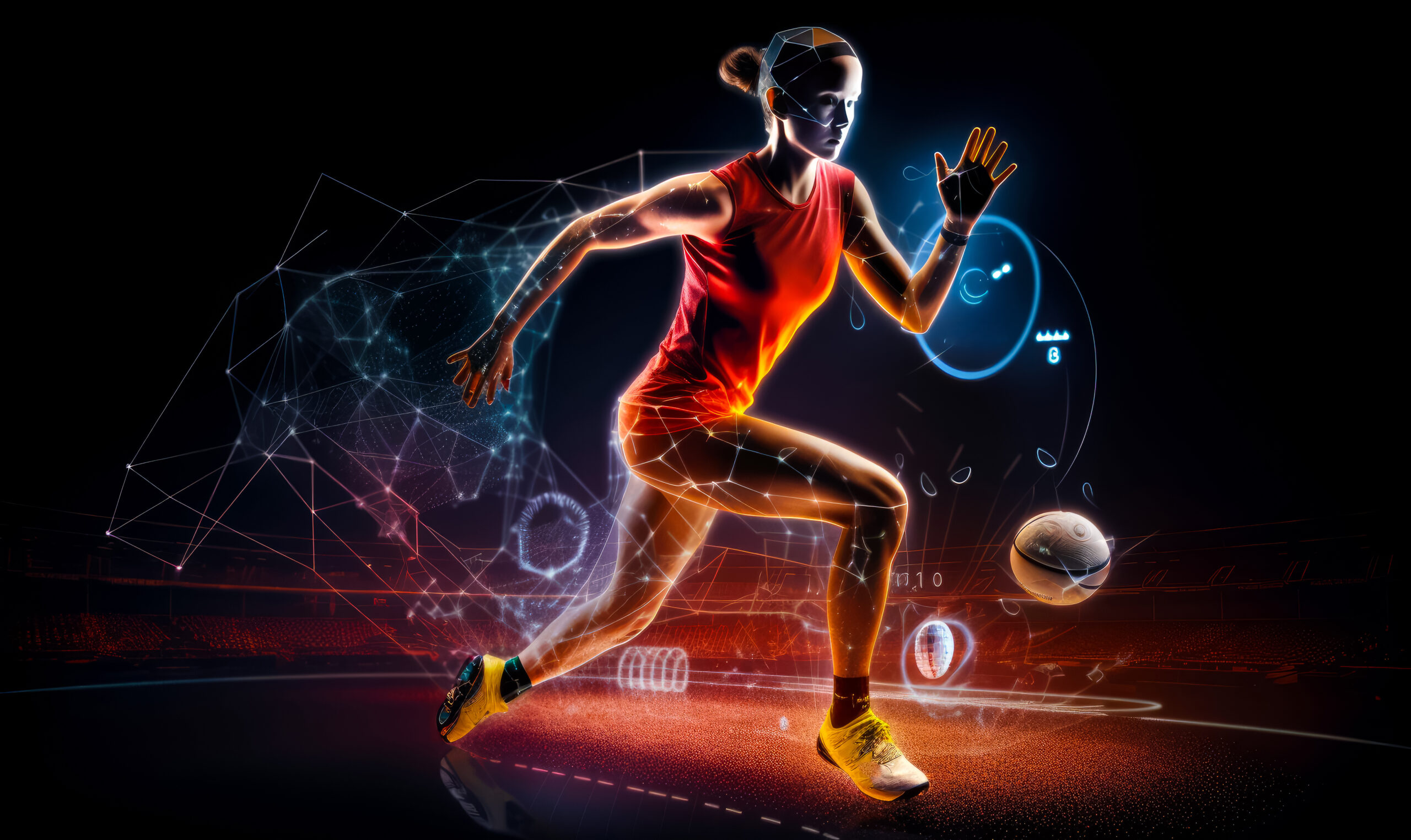
1. Biomechanics and Exercise: Optimizing Movement for Better Performance
Exercise is one of the most effective ways to improve your biomechanics, but not just any exercise will do. Proper movement patterns and form are key to making sure your workouts are both effective and injury-free. When muscles, joints, and bones work together in a biomechanically correct way, your body moves more efficiently, which means you can get the most out of your exercise routine.
For instance, if you’re doing squats but have improper posture or form, it can put excess strain on your knees, lower back, or hips. Over time, this may lead to chronic pain or injury. On the other hand, practicing the right technique, strengthening muscles in a balanced way, and addressing areas of weakness can improve alignment and prevent those issues.
Biomechanics and exercise go hand in hand in rehabilitation as well. Whether you’re recovering from an injury or managing a chronic condition, a personalized exercise plan based on biomechanics can be a powerful tool. By targeting the right muscles, joints, and movements, exercise helps restore proper function and mobility.
For more on exercise, checkout our friends over at Agoge Performance!
2. Massage Therapy: Enhancing Flexibility and Reducing Muscle Tension
Massage therapy, especially sports massage, plays an integral role in optimizing biomechanics. After exercise or physical activity, muscle tightness and soreness are common, and these can negatively impact movement. Tight muscles can throw off posture, create imbalances, and hinder your ability to perform certain movements correctly.
Regular massage can help release muscle tension, improve blood flow, and enhance flexibility. By relaxing overworked muscles, massage therapy restores the body’s range of motion, which is vital for biomechanics. Whether it’s a deep tissue massage to relieve tightness or a lighter Swedish massage for relaxation, massage helps to maintain balance in the body, reducing the risk of strain or injury from poor movement patterns.
In terms of rehabilitation, massage therapy can also promote healing. After an injury, the scar tissue that forms can sometimes cause muscles to become stiff or bound up, limiting normal movement. Therapeutic massage techniques can break up this scar tissue and improve circulation, speeding up recovery and allowing the body to move more naturally.
Speaking of massage, help us welcome Jacob, our newest Massage Therapist to the office! He specialized in neuromuscular, sports, deep tissue, and hot stone massage!
Did you know we have 5 massage therapists at the office now? Each with their own specialties, let’s work together to find the right therapist for you!
3. Orthotics: Supporting and Correcting Alignment
Orthotics are specially designed devices that are worn inside shoes to correct or support abnormal foot mechanics. The feet are the foundation of the body, and issues with foot biomechanics can lead to pain or problems in other areas, such as the knees, hips, or lower back. For instance, flat feet or high arches can cause misalignment that affects the way you walk or run, leading to compensatory patterns that put stress on other joints.
Custom orthotics are designed based on an individual’s unique foot shape and movement patterns. They provide targeted support to correct misalignments, redistribute pressure, and reduce strain on joints and tissues. This alignment correction can enhance biomechanics by improving posture and movement efficiency, reducing discomfort, and preventing long-term injuries.
Orthotics are not only beneficial for people with existing foot problems, such as plantar fasciitis or bunions, but they are also recommended for anyone who is highly active or experiences discomfort after long periods of standing or walking. By promoting proper alignment and reducing strain, orthotics can help keep the body in balance, allowing for better movement mechanics during daily activities and exercise.
Foot Levelers is running a special for March madness this month, so give us a call to schedule your FREE foot scan!
How These Components Work Together
Biomechanics, exercise, massage, and orthotics are all interconnected. Think of it like a well-oiled machine: if one part isn’t functioning optimally, it affects the entire system.
Exercise: When done properly, it strengthens muscles and improves joint function, enhancing your overall biomechanics. But, if your muscles are tight or imbalanced, you may not be able to perform exercises effectively or safely.
- Massage: This is where massage therapy comes in. By relaxing tight muscles and improving circulation, massage helps ensure that your body remains supple and responsive, which is crucial for correct biomechanics. After exercising, massage promotes recovery, helping to address any issues that may arise from muscle strain or overuse.
- Orthotics: If your feet are misaligned, it can affect your entire body’s posture and movement patterns. Orthotics help correct this misalignment, offering a foundation for better mechanics. With proper support, you’re more likely to move efficiently and with less strain, which enhances the effectiveness of both exercise and recovery.
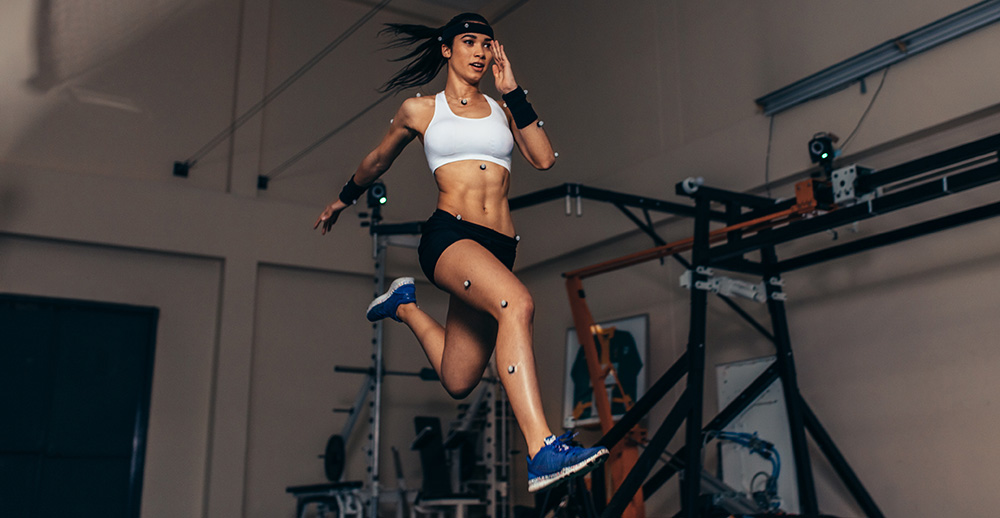
Conclusion: A Holistic Approach to Biomechanics
When it comes to optimizing biomechanics for improved health, performance, and injury prevention, exercise, massage, and orthotics are three essential components that work synergistically. Incorporating these elements into your lifestyle not only supports your body’s natural alignment but also helps you function at your best. Whether you’re an athlete striving for peak performance, recovering from an injury, or simply looking to improve your day-to-day movement, a focus on biomechanics can lead to greater overall well-being and longevity.
By understanding and addressing the intricate relationship between your body’s movement, recovery techniques, and corrective tools like orthotics, you can unlock your full potential—whether that means lifting heavier weights, running farther, or just feeling better as you go about your daily life.
If you’re experiencing discomfort or want to improve your performance, consider working with a professional to assess your biomechanics and create a customized plan that integrates exercise, massage, and orthotics.
The results may be transformative for your health and overall quality of life!
We look forward to seeing you soon!
Dr. Hughes, Dr. Shannan, Dr. Harris
